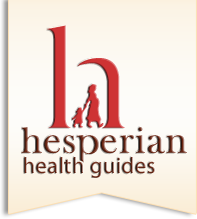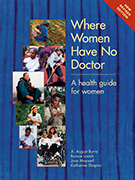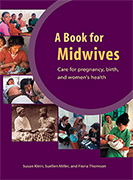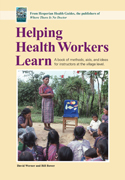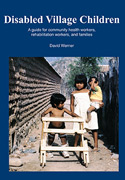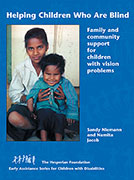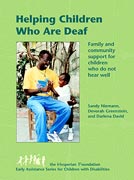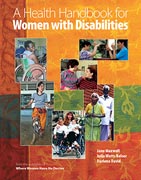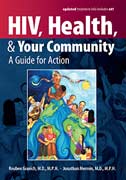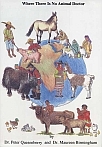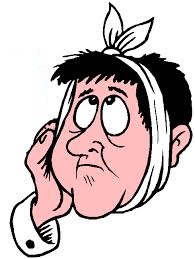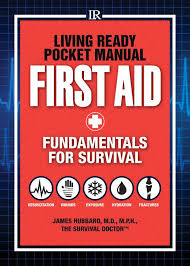Many of you will have heard of some of their books, mainly Where There is no Doctor and Where There is no Dentist But I’d wager you haven’t seen their full selection, many of which are given away free as electronic copies! Hesperian Health Guides has agreed to give the Prepared Christian readers a 30% discount on all hard copies for a limited time! See the bottom section of this article, titled “Discount,” for details.
Author of Where There is No Doctor, Mr. David Werner, is a trained biologist and, in 1965, he was a teacher at a small alternative high school. With his students, he visited a small town in western Mexico and noticed people suffering from a lack of basic healthcare. He soon took a year off from his teaching position to dedicate a healthcare project mainly with the interpretation of basic medical information into a language that the local people could understand. He later left his teaching career and has dedicated his life to this cause. To learn more about the author, and the history of Where There is No Doctor, you can listen to this Off Grid Solutions Podcast or read the transcribed here.
Where There is No Doctor was the first Hesperian Health guide. There are a total of nine they’ve published, of which I own four. They sell several other health related books, of which I own one. The below descriptions come from the Hesperian Health Guides website.
The full Hesperian Health guide list is:
• Where There is No Doctor – I own
• Where There is No Dentist – I own
• Where Women Have No Doctor – I own
• A Book for Midwives
• Helping Health Workers Learn
• A Community Guide to Environmental Health – I own
• Disabled Village Children
• Helping Children Who Are Blind
• Helping Children Who Are Deaf
• A Health Handbook for Women with Disabilities
• HIV, Health, and Your Community
• Where There Is No Animal Doctor – I own
Hesperian’s classic manual, Where There Is No Doctor, is perhaps the most widely-used health care manual for health workers, clinicians, and others involved in primary health care delivery and health promotion programs around the world. With millions of copies in print in more than 75 languages, the manual provides practical, easily understood information on how to diagnose, treat, and prevent common injuries and illnesses. Special attention is focused on nutrition, infection and disease prevention, and diagnostic techniques as primary ways to prevent and treat health problems.
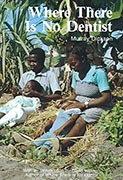
The author uses straightforward language and careful instructions to explain how to: examine patients; diagnose common dental problems; make and use dental equipment; use local anesthetics; place fillings; and remove teeth. There is also a special chapter on oral health and HIV/AIDS, which provides the dental worker with a detailed, well-illustrated discussion of the special problems faced by people living with HIV/AIDS, and appropriate treatment.
Where Women Have No Doctor combines self-help medical information with an understanding of the ways poverty, discrimination and cultural beliefs limit women’s health and access to care. Developed with community-based groups and medical experts from more than 30 countries, Where Women Have No Doctor is an essential resource for any woman who wants to improve her health, and for health workers who want more information about the problems that affect only women, or that affect women differently from men.
Originally published in 1995, A Book for Midwives has proved a vital resource for practicing midwives and midwifery training programs around the world. The revised edition is now available, and has been extensively updated and revised to reflect new WHO/UNICEF guidelines and standards for mothers and newborns. This book covers the essentials of care before, during, and after birth, providing a variety of designs for low-cost equipment and training materials.
Helping Health Workers Learn is an indispensable resource for all health educators. This heavily illustrated book shows how to make health education engaging and effective, while emphasizing a people-centered approach to care. It also presents strategies for effective community involvement through participatory education.
A Community Guide to Environmental Health
From toilets to toxics, from watershed management to waste management, from raising crops to rising temperatures, how we use natural resources affects our health and well-being.
This book contains activities to stimulate critical thinking and discussion, inspirational stories, and instructions for simple health technologies such as water purification methods, safe toilets, and non-toxic cleaning products.
Disabled Village Children contains a wealth of clear and detailed information, as well as easy-to-implement strategies for all who are concerned about the well-being of children with disabilities. This manual, written especially for those who live in communities with limited resources, explains how to create small community rehabilitation centers and workshops run by either disabled people or the families of children with disabilities. More than 4000 drawings and 200 photos make Disabled Village Children understandable to all.
Helping Children Who Are Blind
Children develop faster during their first five years than at any other stage in their life. And while children who are not visually impaired learn to move around, communicate, and understand the world “naturally” as they interact with people and things they see, children who are blind need extra help learning how to rely on their other senses – hearing, touch, smell, and taste – to explore, learn and interact with the world around them.
Helping Children Who Are Deaf supports parents and other caregivers in building the communication skills of babies and young children. Packed with activities on how to foster language learning through both sign and oral approaches, this groundbreaking book explains ways to adapt activities and exercises for both a child’s specific abilities and needs, and a family’s unique circumstances. The book also explores how deafness affects a child’s ability to learn language, as well as develop mentally and socially.
A Health Handbook for Women with Disabilities
Women with disabilities often discover that the social stigma of disability and inadequate care are greater barriers to health than the disabilities themselves. A Health Handbook for Women with Disabilities will help women with disabilities overcome these barriers and improve their general health, self-esteem, and abilities to care for themselves and participate in their communities.
HIV, Health, and Your Community
HIV, Health and Your Community is a thorough, easy-to-understand guide for health workers throughout the world. Designed as a manual for people confronting the HIV pandemic in their communities, it is easily accessible to those with little medical or technical knowledge. Topics range from the biology of the virus and the epidemiology of the disease to the mechanics of designing prevention programs and writing grant proposals.
Where There Is No Animal Doctor
This simply written, heavily illustrated manual was developed to benefit people in the many areas of the world where livestock play an important role in daily life, and animals are crucial to peoples’ survival. Used for food, transportation, work, and wealth, when someone’s animal is ill or unhealthy the whole community can suffer.
Why Do I Own These Books?
To me, the worst possible time to have a medical emergency is when…there is no doctor. Yes, we live in a first world country with emergency healthcare just a 911 phone call away; but what if one day it’s not? I can foresee a scenario where 911 isn’t coming due to severe budget cuts, it being too dangerous or in a worst case scenario, I am the healthcare system.
These guides are very well written, in a manner that a layperson can easily understand. The drawings are very well done as well.
I own a few first aid manuals, but a first aid manual is for what to do until the ambulance or doctor arrives. These books are for when there is no doctor coming, or there is going to be a long delay.
I think these would be a great item for people going on mission trips to have as well.
Discount
As I mentioned, Hesperian Health Guides has agreed to give the Prepared Christian Readers a 30% discount for a limited time! When you check out, use code PREPAREDCHRISTIAN, which will expire at midnight on 9/23/2014. This discount covers all of the books listed above but NOT the ones Hesperian sells but did not publish with the exception of Where there is no animal doctor.
Please click here to vote for Prepared Christian as a top Prepper site!
If you liked this article please think about sharing it on the social media listed below, thanks!
